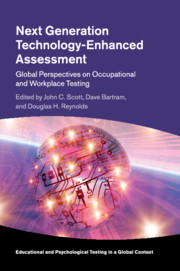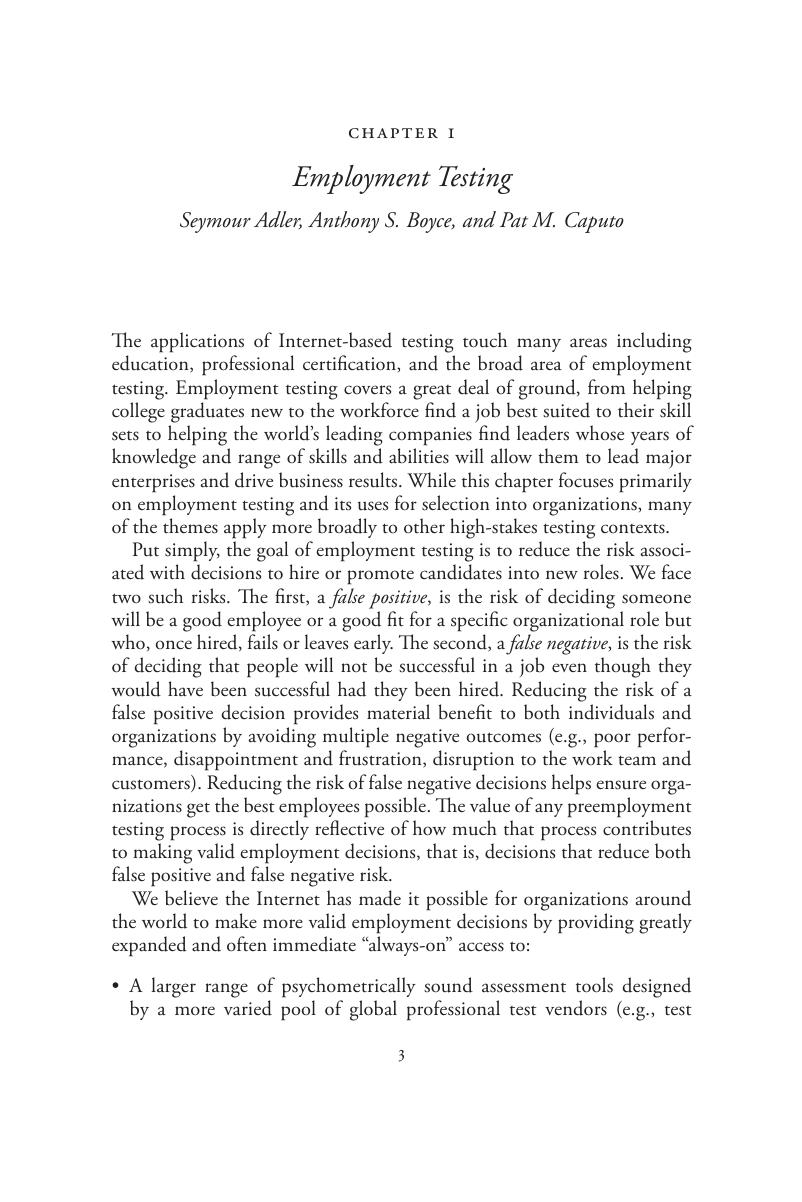 Next Generation Technology-Enhanced Assessment
Next Generation Technology-Enhanced Assessment Book contents
- Next Generation Technology-Enhanced Assessment
- Next Generation Technology-Enhanced Assessment
- Copyright page
- Contents
- Notes on Contributors
- Series Editor’s Foreword
- Preface
- Part I Common Assessment Methods Deployed with Internet Technology
- Chapter 1 Employment Testing
- Chapter 2 Licensing and Certification
- Part II Technical Foundations for Internet-Based Assessment Delivery
- Part III Advances, Trends, and Issues
- Part IV Guidelines for Practice and Future Directions
- Index
- References
Chapter 1 - Employment Testing
from Part I - Common Assessment Methods Deployed with Internet Technology
Published online by Cambridge University Press: 18 December 2017
- Next Generation Technology-Enhanced Assessment
- Next Generation Technology-Enhanced Assessment
- Copyright page
- Contents
- Notes on Contributors
- Series Editor’s Foreword
- Preface
- Part I Common Assessment Methods Deployed with Internet Technology
- Chapter 1 Employment Testing
- Chapter 2 Licensing and Certification
- Part II Technical Foundations for Internet-Based Assessment Delivery
- Part III Advances, Trends, and Issues
- Part IV Guidelines for Practice and Future Directions
- Index
- References
Summary

- Type
- Chapter
- Information
- Next Generation Technology-Enhanced AssessmentGlobal Perspectives on Occupational and Workplace Testing, pp. 3 - 35Publisher: Cambridge University PressPrint publication year: 2017
References
- 1
- Cited by
